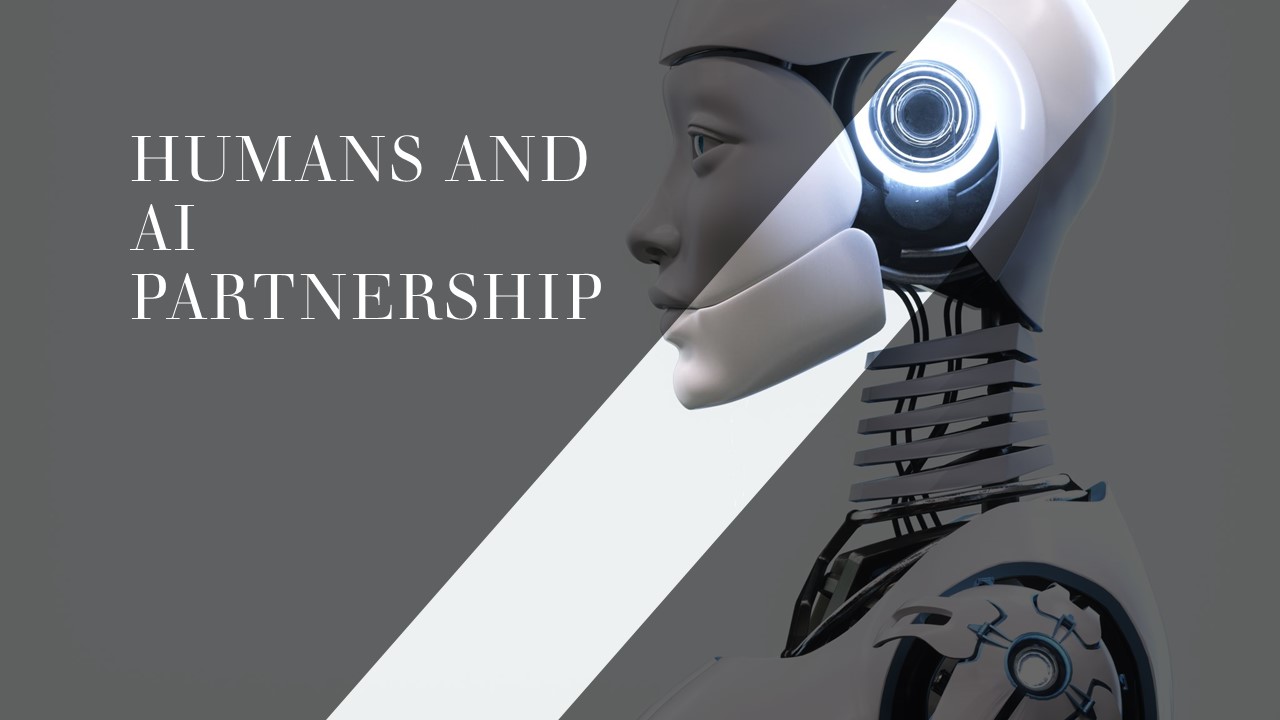The rise of artificial intelligence (AI) has sparked much discussion, with some fearing a dystopian future where machines replace humans. However, a more exciting and realistic prospect lies in the collaboration between humans and AI, where both parties leverage their unique strengths to create a better world.
Human strengths complement AI limitations:
- Creativity and Innovation: Humans excel at creative problem-solving and generating new ideas, an area where AI currently falls short.
- Ethical considerations and judgment: AI lacks the ability to understand and navigate complex social and ethical issues, requiring human guidance.
- Empathy and emotional intelligence: Humans can connect with others on an emotional level, fostering empathy and understanding, which are crucial for addressing social challenges.
AI’s capabilities empower human endeavors:
- Data analysis and problem-solving: AI excels at analyzing vast amounts of data, identifying patterns, and suggesting solutions beyond human comprehension.
- Automating routine tasks: AI can handle repetitive and mundane tasks, freeing up human time and resources for more strategic pursuits.
- Augmenting human capabilities: AI can assist humans in various fields, from medical diagnosis to scientific research, leading to enhanced performance and innovation.
Examples of successful human-AI collaboration:
- Healthcare: AI algorithms analyze medical images to detect diseases earlier, while doctors provide the crucial human touch in diagnosis and patient care.
- Climate change: AI models predict weather patterns and climate trends, informing human efforts to mitigate climate change.
- Education: AI-powered tutors personalize learning experiences, while teachers provide guidance, motivation, and emotional support.
Building a successful human-AI partnership:
- Transparency and explainability: AI systems should be designed to be transparent and explainable, allowing humans to understand their reasoning and make informed decisions.
- Focus on ethics and fairness: AI development and deployment must prioritize ethical considerations, ensuring fairness and avoiding bias.
- Education and upskilling: Humans need to be equipped with the skills to work effectively with AI, fostering a culture of collaboration and continuous learning.
By harnessing the unique strengths of both humans and AI, we can create a future where technology empowers us to address complex global challenges, fostering a more sustainable, equitable, and prosperous world. This future hinges on collaboration, ethical development, and a commitment to leveraging technology for the greater good.

